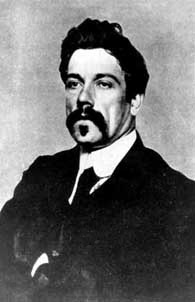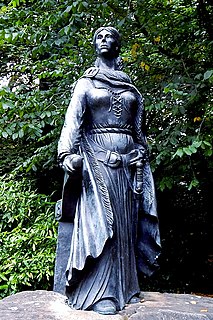
Grace O'Malley was lord of the Ó Máille dynasty in the west of Ireland, following in the footsteps of her father Eoghan Dubhdara Ó Máille. Commonly known as Gráinne Mhaol in Irish folklore, she is a well-known historical figure in 16th-century Irish history.

Patrice de MacMahon, 6th Marquess of MacMahon, 1st Duke of Magenta, was a French general and politician, with the distinction of Marshal of France. He served as Chief of State of France from 1873 to 1875 and as the second President of the French Third Republic, from 1875 to 1879.
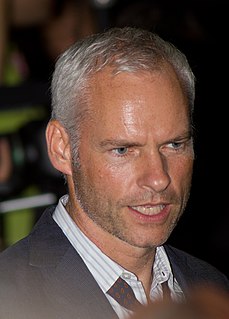
Martin Faranan McDonagh is an Irish-British playwright, screenwriter, producer, and director. Born and brought up in London, the son of Irish parents. He is among the most acclaimed living ‘Irish’ playwrights. A winner of the Academy Award for Best Live Action Short Film, McDonagh has been nominated for three other Academy Awards, and in 2018 won three BAFTA Awards from four nominations and two Golden Globe Awards from three nominations for his film Three Billboards Outside Ebbing, Missouri.

West Connacht was a kingdom of Gaelic Ireland, associated geographically with present-day County Galway, particularly the area known more commonly today as Connemara. The kingdom represented the core homeland of the Connachta's Uí Briúin Seóla kindred and although they ruled, there were smaller groups of other Gaels in the area, such as the Delbhna Tir Dha Locha and the Conmhaícne Mara. It existed from 1051 onwards, after the Ó Conchobhair, Kings of Connacht, pushed the Ó Flaithbheartaigh to the West of Lough Corrib, from their original territory of Maigh Seóla. Iar Connacht remained a subordinate túath of Connacht, until the 13th century, after which it was more independent.
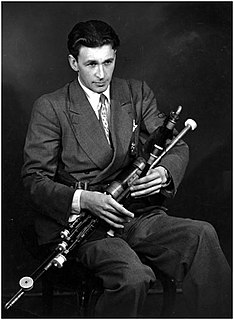
Séamus Ennis was an Irish musician, singer and Irish music collector. He was most noted for his uilleann pipe playing and was partly responsible for the revival of the instrument during the twentieth century, having co-founded Na Píobairí Uilleann, a nonprofit organization dedicated to the promotion of the uilleann pipes and its music. He is recognised for having preserved almost 2,000 Irish songs and dance-tunes as part of the work he did with the Irish Folklore Commission.

Inishbofin is a small island off the coast of Connemara, County Galway, Ireland. Inishbofin has around 180 inhabitants and is a popular tourist destination.
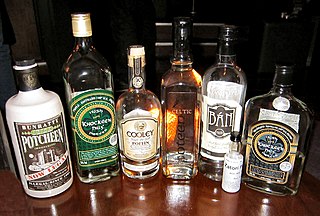
Poitín, anglicized as potcheen, poteen or potheen, is a traditional Irish distilled beverage. Poitín was traditionally distilled in a small pot still and the term is a diminutive of the Irish word pota, meaning "pot". The Irish word for a hangover is póit. In accordance with the Irish Poteen/Irish Poitin technical file, it can only be made from cereals, grain, whey, sugar beet, molasses and potatoes.
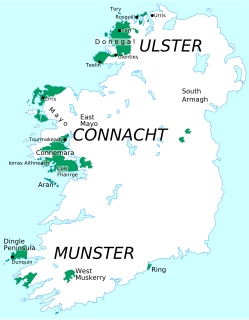
Connacht Irish is the dialect of the Irish language spoken in the province of Connacht. Gaeltacht regions in Connacht are found in Counties Mayo and Galway (notably in parts of Connemara and on the Aran Islands. The Mayo and Galway varieties differ from each other in a variety of ways, as Mayo is geographically between Galway and Donegal, making Mayo Irish have a number of features in common with Donegal that Galway does not have.

The Valley of Knockanure is the name of several ballads commemorating an incident that occurred during the Irish War of Independence at Gortaglanna (Gortagleanna) near Knockanure, County Kerry, Ireland. The best-known of these was written by teacher and poet Bryan MacMahon at the request of a local schoolmaster, Pádraig Ó Ceallacháin.
Spancil Hill, or in original spelling Spancilhill, is a traditional Irish folk ballad composed by Michael Considine (1850–73), who was born in Spancil Hill and migrated to the US. It bemoans the plight of the Irish emigrants who so longed for home from their new lives in America. This song is sung by a man who longs for his home in Spancill Hill, County Clare, his friends and the love he left there. All the characters and places in this song are real.

Pádraic Ó Máille was an Irish politician. He was a founder member of Sinn Féin and of the Gaelic League in Galway. He was a member of the Irish Volunteers from 1917 to 1921.

Feenagh is a village in west County Limerick, Ireland, ten miles from Newcastle West and six miles from Dromcolliher.

The Rising of the Moon is a 1957 Irish anthology film directed by John Ford. It consists of three episodes all set in Ireland:
William O'Malley was an Irish journalist, sportsman, and politician. He was the Member of Parliament (MP) for Galway Connemara from 1895 to 1918.
Séamus Mac An Iomaire (1891–1967) was an Irish botanist and writer.
George Ó Máille (1785–1865), an Irish smuggler, was born in Keelkyle, Connemara, the son of Padraig Ó Máille, a tenant of Richard "Humanity Dick" Martin, whose family had long provided protection for the trade. George operated from Ballynakill to the Channel Islands, and was the subject of many stories, songs and poems during and after his lifetime.
Máirtín Mór Ó Máille, was an Irish smuggler and duelist, who died circa 1800.
Mícheál or Micheál Mac Suibhne was an Irish poet.


